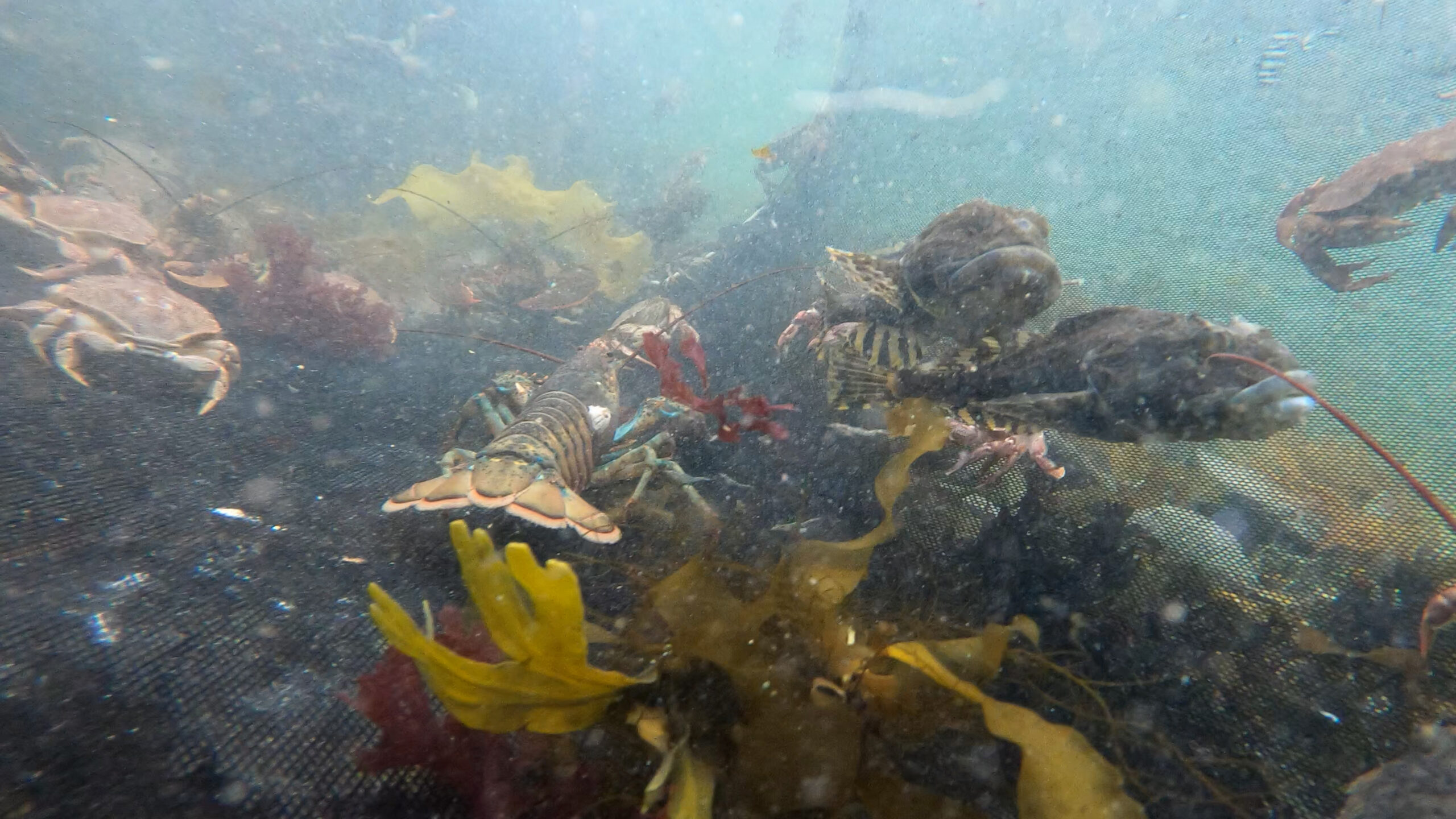
SIZE:
Up to 100 cm.
LIFE EXPECTANCY:
20 to 30 years.
LIFE CYCLE:
The thorny skate is sexually mature when it attains 44 to 90 cm, depending on the region where it lives.
It can reproduce all year round. The male and female embrace one on top of each other. The male inserts its reproductive organ, called the clasper, into the female’s cloaca. After reproduction, the female lays, in pairs, 10 to 45 eggs per year on muddy or sandy sea bottoms.
Called egg capsules, the eggs are shaped like elongated rectangles. Each extremity has a stiff, pointed horn. The two longer sides are lined with a mass of fine filaments. Depending on the ambient temperature of the water, the incubation period of the eggs ranges from four months to three years.
Thorny skates can migrate, seasonally, in the western Atlantic, no farther than 100 km from their place of birth.
The thorny skate has a very flat body. Its very rough upper surface is greyish brown with irregular, scattered black spots. Between 11 and 19 long spines cover the middle of its back down to its tail. Other spines are located on the muzzle and around its eyes. Its belly is white with occasional small spots. In mature individuals, there are spines between the muzzle and the mouth. The slender tail has two fins of the same shape, with folds on the sides.
On the sea bottom, between 100 and 500 m depth, but it can be found down to 1200 m.
The thorny skate favours a wide variety of sea floors: sand, gravel, mud and broken seashells. It lives offshore in temperatures that vary between 0 and 10 °C.
PREYS:
Shrimp
Crabs
Molluscs
Small fish
PREDATORS:
Grey seals
Sharks
Electrifying sensitivity
The thorny skate can generate and detect weak electric fields. It uses them to detect its prey.
MACHINES:
Longline, gillnet, trawler.
REGULATIONS:
- Quota since 1995
Thorny skates started to be targeted by commercial fisheries following the decline of bottom fish, such as cod. The thorny skate has experienced a serious decline in its population in the southern part of the Gulf of St. Lawrence. This decline persists despite a reduction in mortality related to overfishing.
BENEFITS:
Thorny skates are a great source of vitamin B12, protein and minerals such as iodine, selenium and phosphorus.
LET’S COOK:
White flesh with a firm texture and sweet taste.
It is the ray’s wings that are eaten; prepared as fresh, salted, smoked, pan-fried or baked.
OUR CULINARY ADVICE:
- Because of its “special concern” status, it is not recommended to consume thorny skate.





